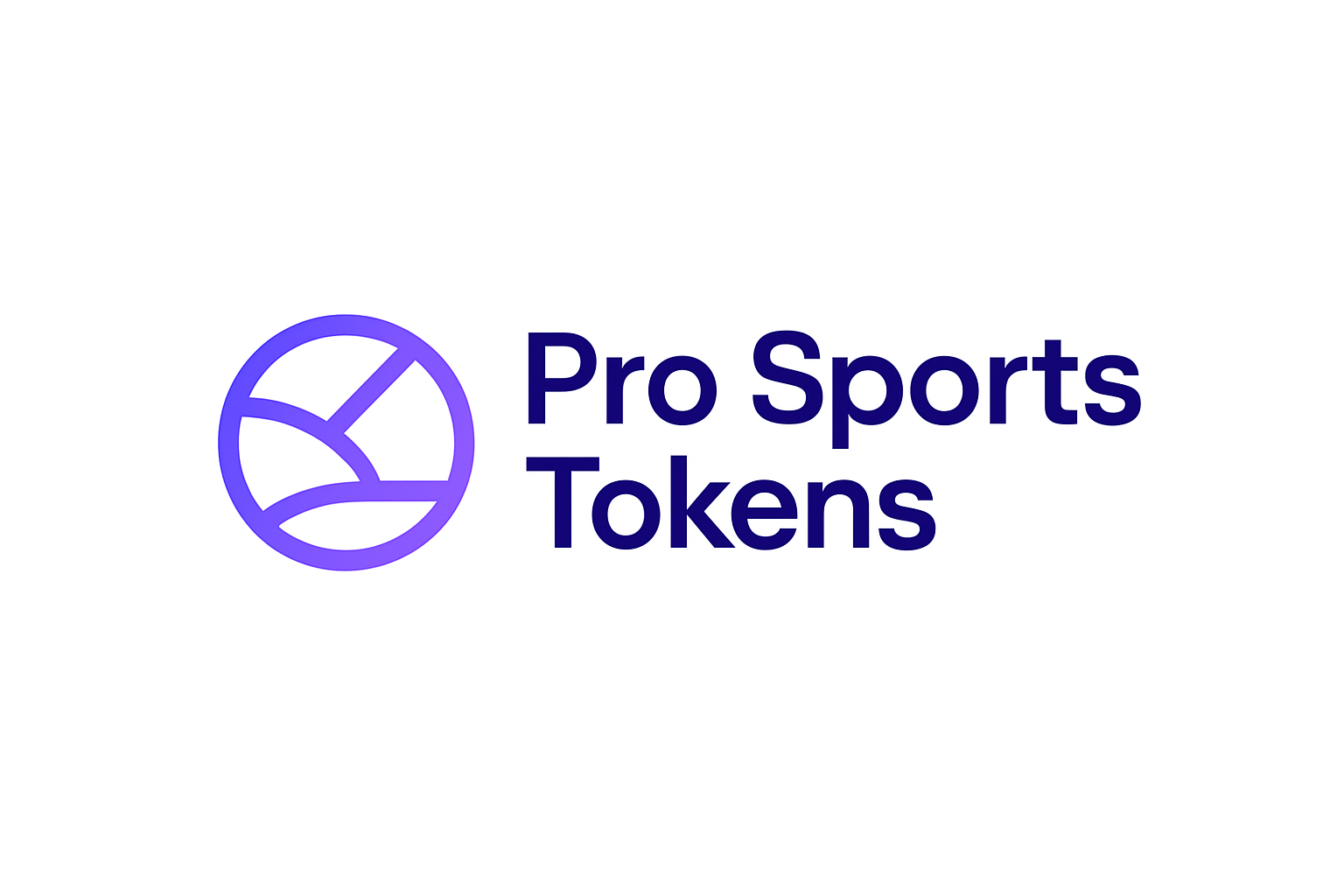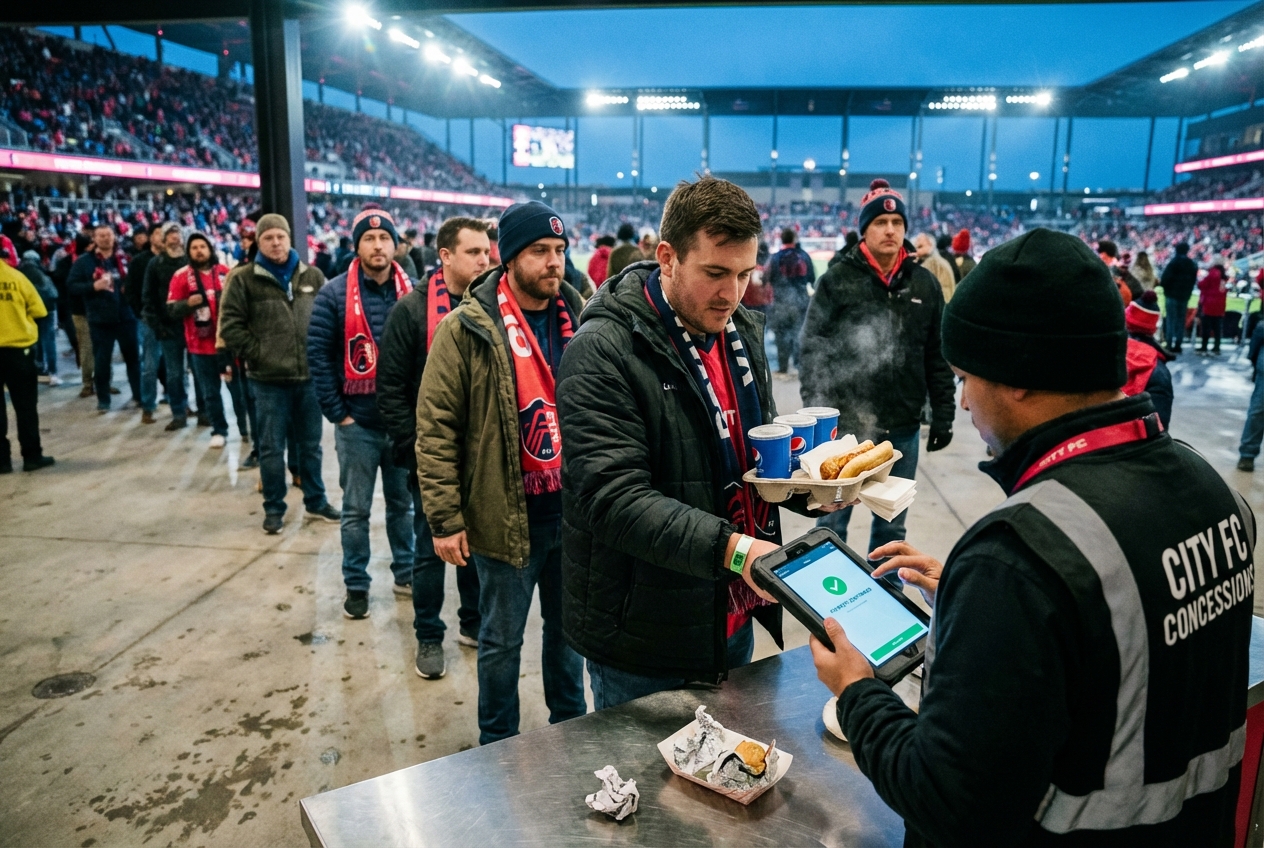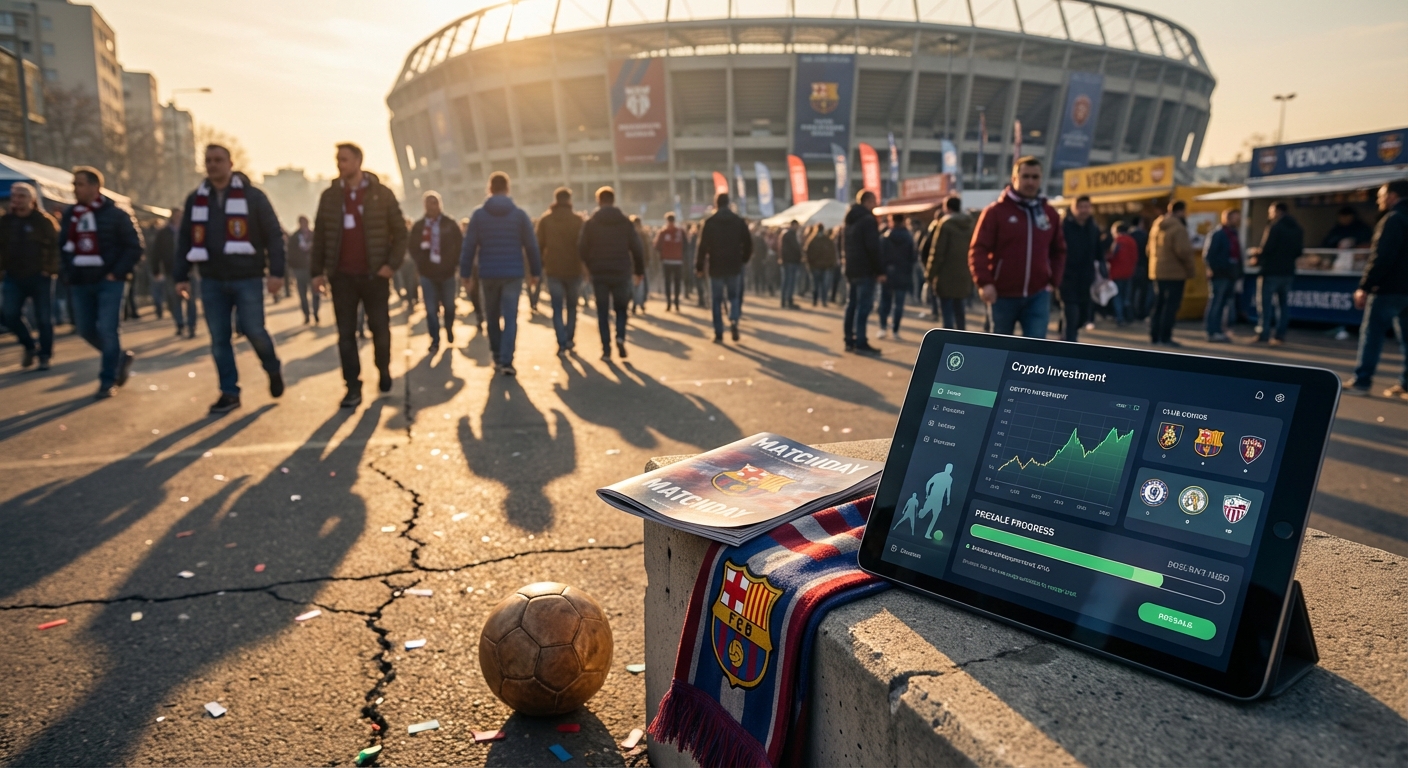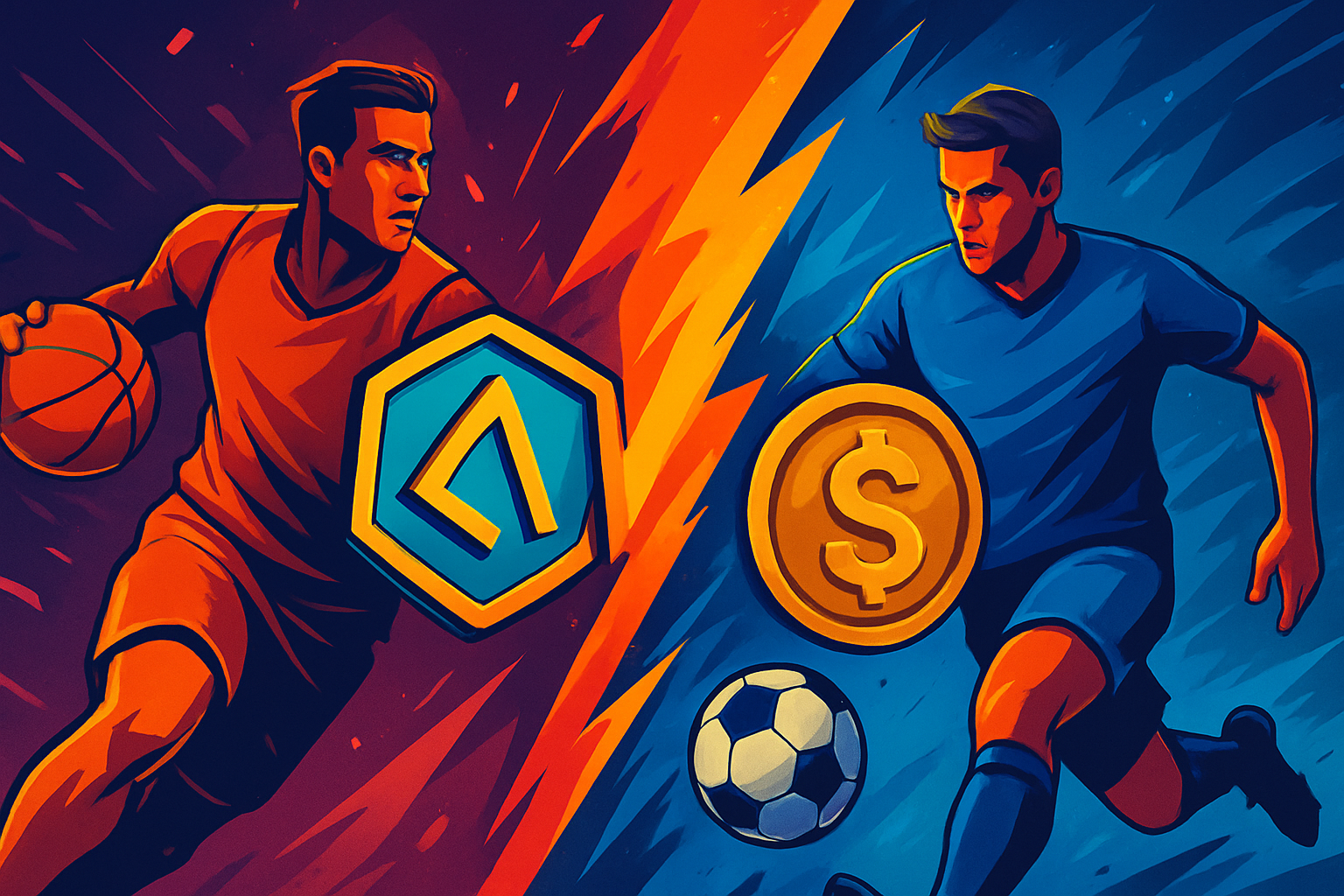
The worlds of sports fandom and digital investment have collided, giving rise to two major blockchain-powered assets: NFTs and Fan Tokens. While both offer innovative ways for fans and investors to engage with their favorite teams, the distinctions between them are crucial for anyone considering a move into sports token investment. As of September 20,2025, the market for these assets is both dynamic and nuanced, shaped by team performance, technology trends, and evolving fan expectations.

NFTs in Sports: Digital Collectibles with Unique Value
NFTs (Non-Fungible Tokens) have made headlines as digital assets that represent ownership of unique pieces of content. In the sports sector, NFTs often take the form of digital trading cards, limited-edition video highlights, or virtual memorabilia. Each NFT is distinguished by its inherent uniqueness – no two are alike – which means they cannot be exchanged on a one-to-one basis like traditional tokens or cryptocurrencies.
The value proposition for NFTs lies in scarcity and emotional connection. For example, NBA Top Shot allows fans to own officially licensed highlight clips as NFTs. The rarity of these moments can drive prices sky-high during periods of high demand. However, this market can be volatile; prices often swing based on player performance or the cultural relevance of specific moments. For collectors and investors seeking exposure to iconic moments in sports history, NFTs offer a compelling – but sometimes unpredictable – opportunity.
Fan Tokens: Utility-Driven Assets Shaping Modern Fandom
Fan Tokens, on the other hand, are all about utility and community engagement. Unlike NFTs, Fan Tokens are fungible: each token is identical in value and function to another from the same club. Issued by teams like FC Barcelona or Paris Saint-Germain, Fan Tokens grant holders access to real-world benefits such as voting rights on club decisions (think kit designs or matchday experiences), exclusive events, or special merchandise offers.
This participatory angle makes Fan Tokens especially attractive for supporters who want more than just digital memorabilia. Instead of passively collecting highlights or artwork, holders become active participants in their club’s journey. The value of Fan Tokens is driven not just by speculation but also by ongoing engagement opportunities provided by the issuing team.
Key Differences Between NFTs and Fan Tokens in Sports
-
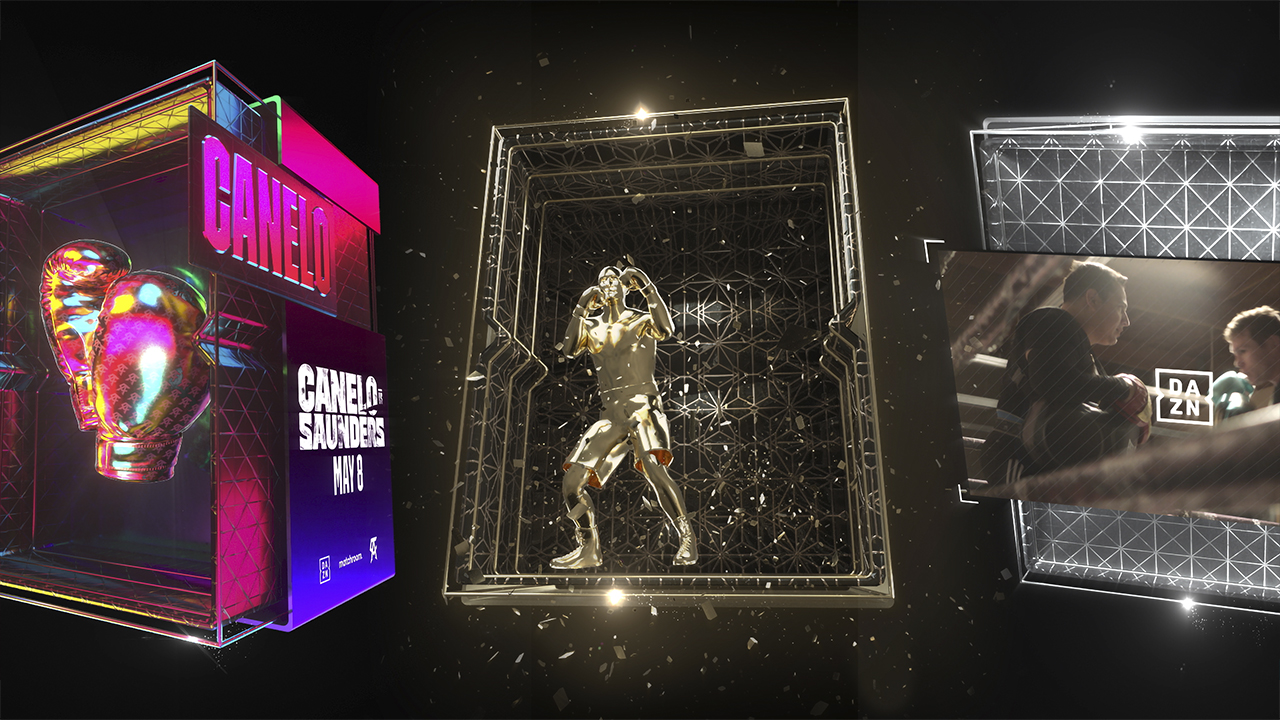
Purpose and Utility: NFTs serve as digital collectibles, offering ownership of unique sports-related content such as highlight reels or digital trading cards. Fan Tokens, on the other hand, are designed to enhance fan engagement by granting holders interactive benefits like voting rights and access to exclusive experiences.
-
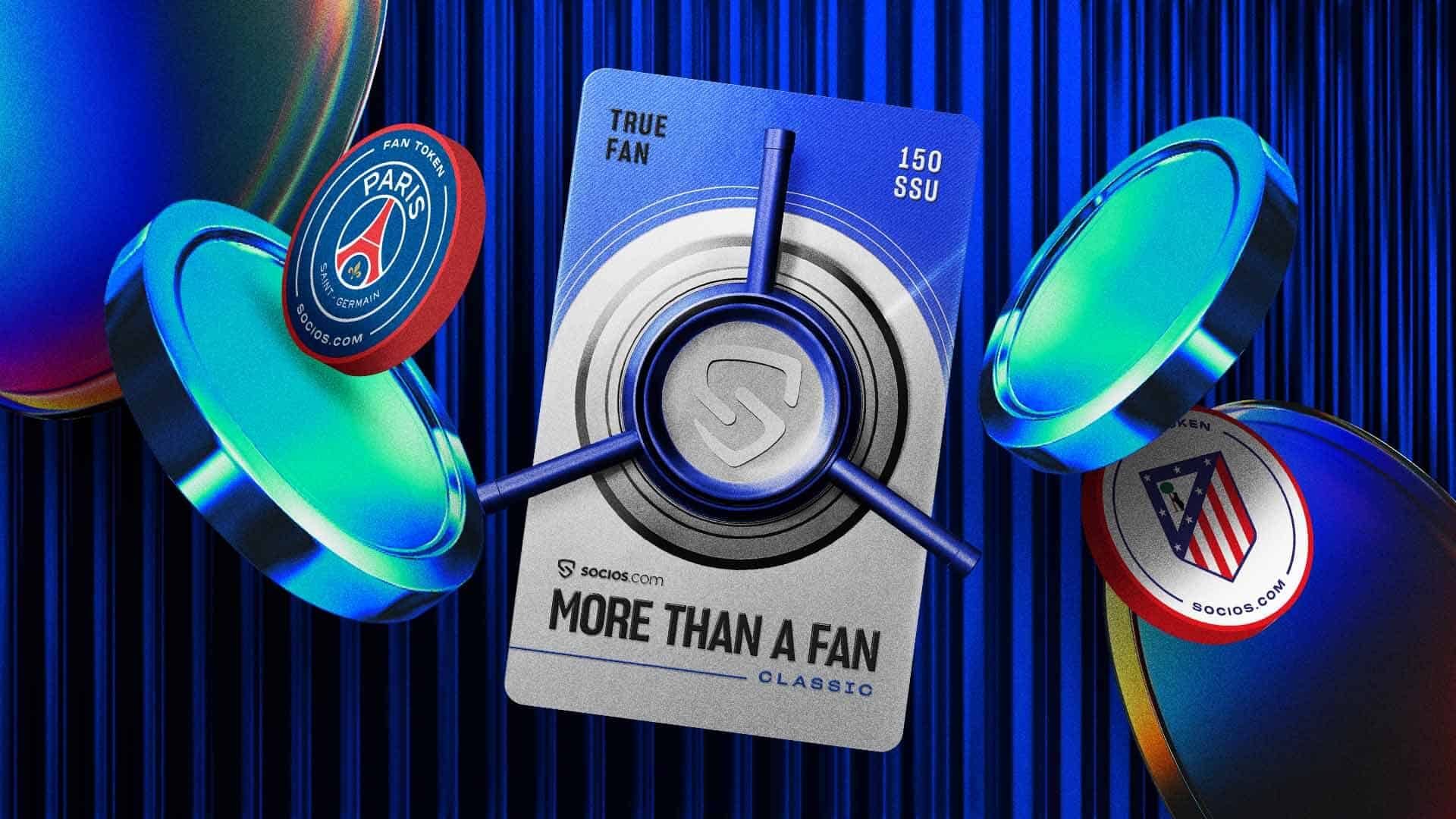
Fungibility: NFTs are non-fungible, meaning each token is unique and cannot be exchanged on a one-to-one basis with another NFT. Fan Tokens are fungible, so each token is identical and can be freely traded or exchanged, similar to traditional cryptocurrencies.
-

Value Proposition: NFTs derive value from their uniqueness, rarity, and the emotional significance tied to specific sports moments. Fan Tokens gain value from their utility—such as voting on club decisions—and from the performance and popularity of the issuing sports team.
-

Market Behavior: The value of NFTs can be highly volatile, often influenced by trends in digital art and collectibles. Fan Tokens fluctuate based on team performance, fan engagement, and overall demand. For example, as of September 20, 2025, the Paris Saint-Germain Fan Token (PSG) is priced at $1.62, while the FC Barcelona Fan Token (BAR) is at $1.13.
-

Ownership Experience: NFTs offer a more passive form of digital ownership, focusing on collection and display. Fan Tokens provide an active connection to a sports franchise, allowing holders to participate in club decisions and access unique events.
Current Market Overview: Fan Token Prices as of September 20,2025
The market performance of leading Fan Tokens reflects both team popularity and broader crypto trends. Here’s how some major tokens are trading right now:
- Paris Saint-Germain (PSG): $1.62
- FC Barcelona (BAR): $1.13
- Manchester City (CITY): $1.063
- Juventus (JUV): $1.15
- AC Milan (ACM): $0.907393
This real-time pricing underscores how closely these assets track both on-field results and off-field fan sentiment – making them an intriguing option for those seeking active involvement in their clubs’ futures.
For investors comparing NFTs vs fan tokens, the choice often comes down to personal goals: are you seeking digital ownership of unique sports moments, or do you want to influence your favorite club’s decisions and access exclusive perks? Both asset classes bring different risk profiles and opportunities. NFTs can experience rapid price appreciation during hype cycles, but they also face illiquidity and depend heavily on collector demand. Fan Tokens, by contrast, trade more like traditional cryptocurrencies – their fungibility provides easier entry and exit points, while the utility layer can foster longer-term engagement.
Market data as of September 20,2025 shows that leading Fan Tokens remain relatively stable compared to some of the wild swings seen in NFT auctions. For example, Paris Saint-Germain Fan Token (PSG) is holding at $1.62, while FC Barcelona (BAR) trades at $1.13. These prices are influenced not only by team performance but also by the ongoing value delivered to token holders through interactive experiences and club initiatives.
Choosing Your Path: Investment Strategies for Sports Token Markets
If you’re considering a move into this space, it’s essential to weigh your appetite for risk against your desire for engagement. NFTs might appeal if you’re a collector or speculator drawn to one-of-a-kind digital memorabilia – especially if you have a keen eye for undervalued moments or believe in the long-term cultural value of sports collectibles. On the other hand, Fan Tokens may suit those who want a more hands-on role in their club’s ecosystem, with potential rewards tied directly to their participation and ongoing club activities.
Keep in mind that both markets are still evolving. Regulatory clarity, technological advancements, and shifts in fan behavior could all impact future valuations. Diversification remains key: some investors choose to hold both assets as part of a broader sports crypto portfolio.
Community Pulse: What Matters Most?
Which do you prefer as a sports fan: owning unique NFTs or holding Fan Tokens to influence your club?
NFTs let you collect exclusive digital moments like highlight clips or memorabilia, while Fan Tokens give you a say in club decisions and access to special experiences. As the sports industry embraces both, which excites you more?
The rise of blockchain-powered fandom is reshaping how supporters connect with teams worldwide. Whether you lean toward NFTs or Fan Tokens, staying informed about market trends and understanding each asset’s unique features will put you in a stronger position as this sector matures.
